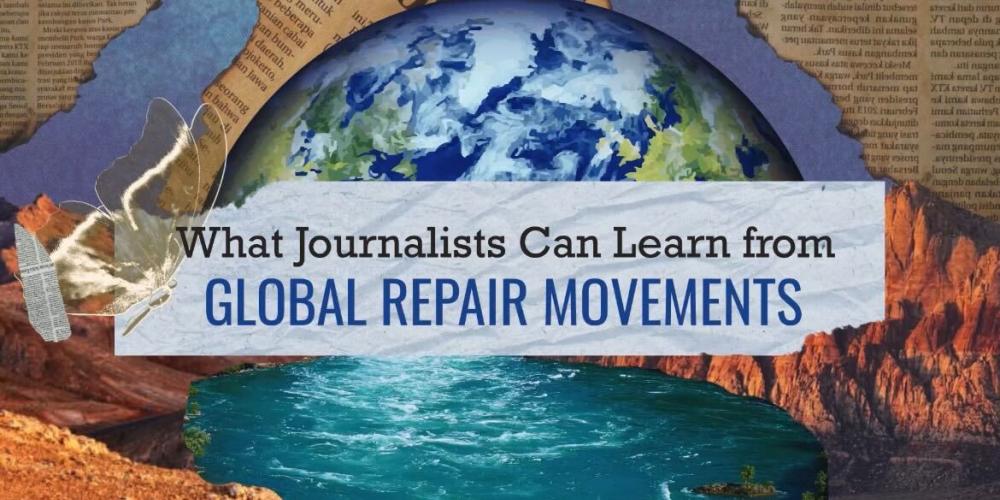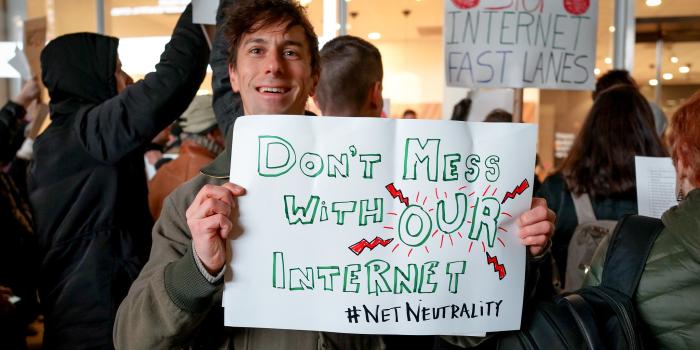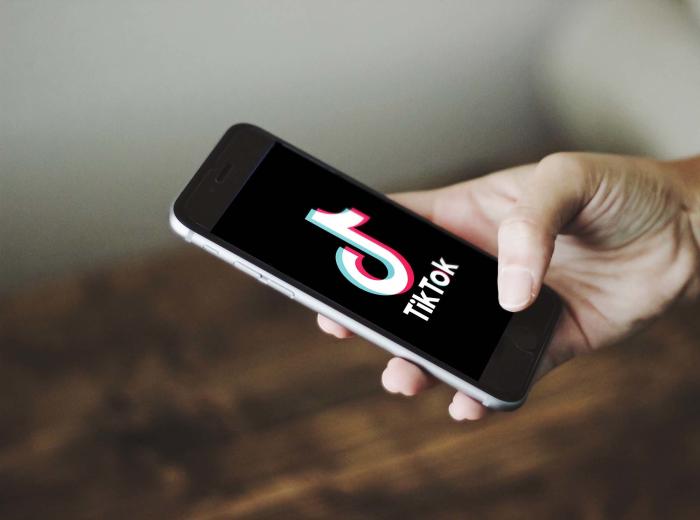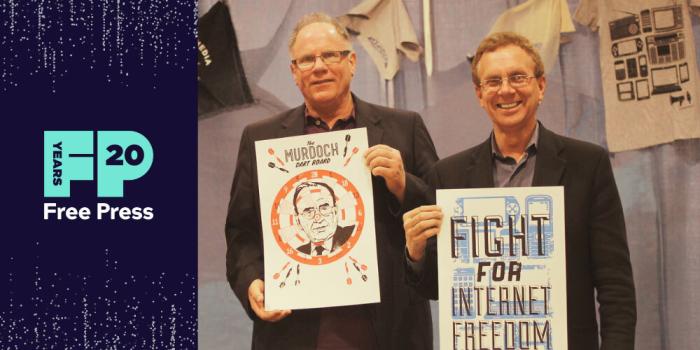What Journalists Can Learn from Global Repair Movements

Over the past year and a half, I’ve been researching how journalism can engage in the process of media reparations to redress its legacy of anti-Blackness. I learned about putting repair into practice from both movements around the world and Black journalists in the United States. I’ve listened to people describe how news outlets have created harmful narratives in their communities — and express their visions for a way toward repair.
This has culminated in the Reparative Journalism video series, which follows the lineage and scholarship of Free Press’ Media 2070 project, with the organization’s News Voices project managing and informing this effort. We’ve explored how the journalism industry has profited off of anti-Black narratives, stolen resources and benefited from inciting violence against Black communities and other communities of color. News organizations must atone for these harms and return resources to Black media-makers and other media-makers of color. Reparative journalism seeks to kickstart the repair processes and advocate for journalistic content that will make healing, infrastructure building and investment possible.
How movements model repair
In our second video, “What Journalists Can Learn from Global Repair Movements,” we study three different movements and highlight how journalists can incorporate practices of repair into their reporting. We take a look at the healing qualities of the South Africa Truth Commissions, the Turtle Island Landback movement and the Black American Reparations movement.
There’s a directive in countless newsrooms to protect the myth of “objectivity” — to separate journalism from community-building and movement spaces. Black and Indigenous journalists, as well as other journalists of color, are often chastised for, or excluded from, covering protests or other social-justice issues.
But movement journalism has taught us to respect the critical knowledge, community-building, information and resource sharing that movements foster, particularly Black liberation movements. And because of that grounding, this video series will continue to honor the knowledge of people fighting for liberation. There is so much that journalism practitioners and storytellers can learn from movements that have responded to centuries of violence, theft and oppression.
Explore more in our video “What Journalists Can Learn from Global Repair Movements,” where we study how truth commissions create space to correct the public record, how #LANDBACK helps us consider what it means to be in “right relationship” with the community around us and how reparations can teach us to investigate the lasting legacy of anti-Blackness in our community infrastructures.
And stay tuned for future videos in this series, where we’ll explore where repair is blossoming in journalism spaces and cast visions for a reparative future.





